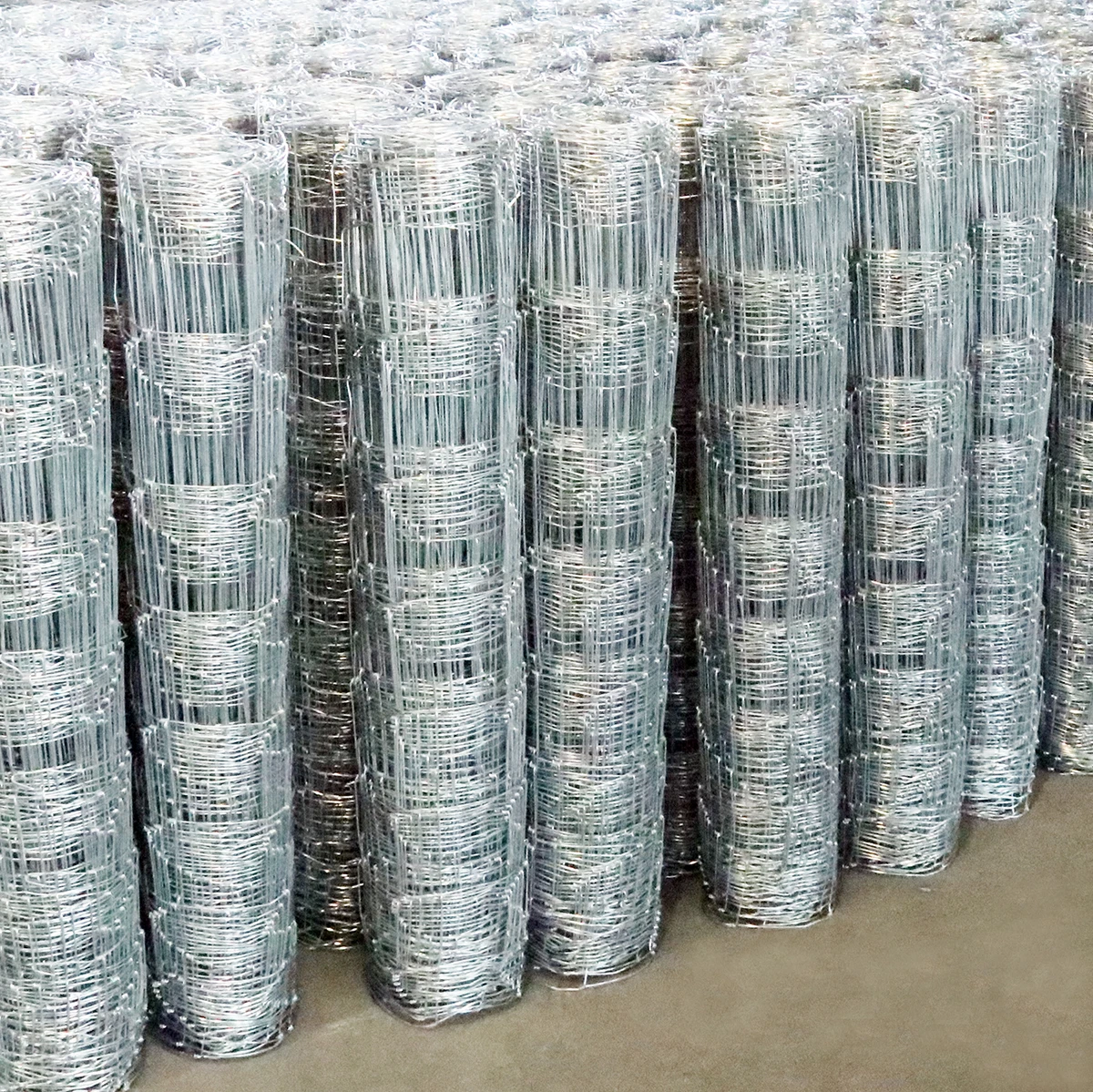external pallet racking
11月 . 22, 2024 07:40
Understanding External Pallet Racking A Comprehensive Guide
In the ever-evolving world of logistics and warehousing, efficiency and organization are paramount. As businesses expand and the demand for storage solutions increases, external pallet racking has emerged as a vital component for many operations. This article delves into the significance, advantages, design considerations, and best practices related to external pallet racking.
What is External Pallet Racking?
External pallet racking refers to storage systems designed for outdoor environments, typically used for storing a large volume of goods and materials. Unlike indoor racking, which may be constructed from lighter materials, external pallet racking is often built from robust, weather-resistant materials to withstand the elements. The primary purpose of such racking is to maximize space while ensuring the safe and efficient storage of goods that may not need shelter or are less susceptible to weather conditions.
Advantages of External Pallet Racking
1. Space Optimization One of the most significant advantages of external pallet racking is its ability to optimize space. Warehouses often face constraints in their indoor facilities. By utilizing external areas, businesses can expand their storage capabilities without requiring extensive renovations or additional indoor space.
2. Increased Storage Capacity External pallet racking systems can accommodate a high volume of pallets, helping companies to increase their overall storage capacity significantly. This is particularly beneficial for retailers and distributors who frequently deal with large inventories.
3. Durability and Strength Built to endure harsh weather conditions, external pallet racking is typically made from galvanized steel or other durable materials. This ensures that the racking can withstand heavy loads and resist rust, corrosion, and deterioration caused by exposure to the elements.
4. Cost-Effectiveness By utilizing external space for storage, companies can reduce operational costs associated with indoor climate control and lighting. This can lead to significant savings in energy costs while allowing businesses to make better use of their facility’s footprint.
5. Easy Access External pallet racking can be arranged to allow for easy maneuverability of forklifts and other handling equipment. This ensures that goods can be accessed quickly and efficiently, minimizing downtime and boosting productivity.
Design Considerations
When designing an external pallet racking system, several key factors should be taken into account
1. Weight Capacity Understanding the weight of the pallets and goods stored is crucial. Each racking system comes with a specified load capacity, and exceeding this can lead to structural failures.
external pallet racking

2. Environmental Conditions The system should be designed to withstand local weather conditions, whether it’s high winds, heavy snowfall, or extreme heat. Adequate anchoring may be required in areas prone to severe weather.
3. Safety Compliance Adhering to national and local safety regulations is paramount. This includes having appropriate safety features like guardrails, pallet stops, and adequate spacing for access and egress.
4. Accessibility The layout of the racking should facilitate easy access to all stored items while allowing for the safe maneuvering of forklifts and personnel.
5. Modularity Choosing a modular system allows for future expansion or rearrangement, adapting to changing storage needs over time.
Best Practices for Maintenance and Operation
To ensure the longevity and efficiency of external pallet racking, regular maintenance and adherence to best practices are essential
1. Regular Inspections Conduct periodic checks to ensure that the racking systems are in good condition, looking for structural damage or corrosion.
2. Employee Training Educate staff on safe practices for handling pallets and using equipment around the racking. This includes proper stacking techniques and the importance of not overloading the shelves.
3. Clear Inventory Management Implement a robust inventory management system to keep track of stored items, which can help prevent overloading and ensure that products are rotated effectively.
4. Accessibility Keep pathways clear and avoid clutter around the racking system to facilitate easy access and prevent accidents.
Conclusion
External pallet racking systems play a crucial role in enhancing storage efficiency and maximizing warehouse space. By understanding their advantages, adhering to design considerations, and following best practices, businesses can create an effective external storage solution that meets their operational needs while promoting safety and efficiency. As logistics continue to become more complex, investing in the right external pallet racking system can set a business apart in an increasingly competitive market.









 Unity
Unity Creation
Creation Challenge
Challenge Contribution
Contribution










